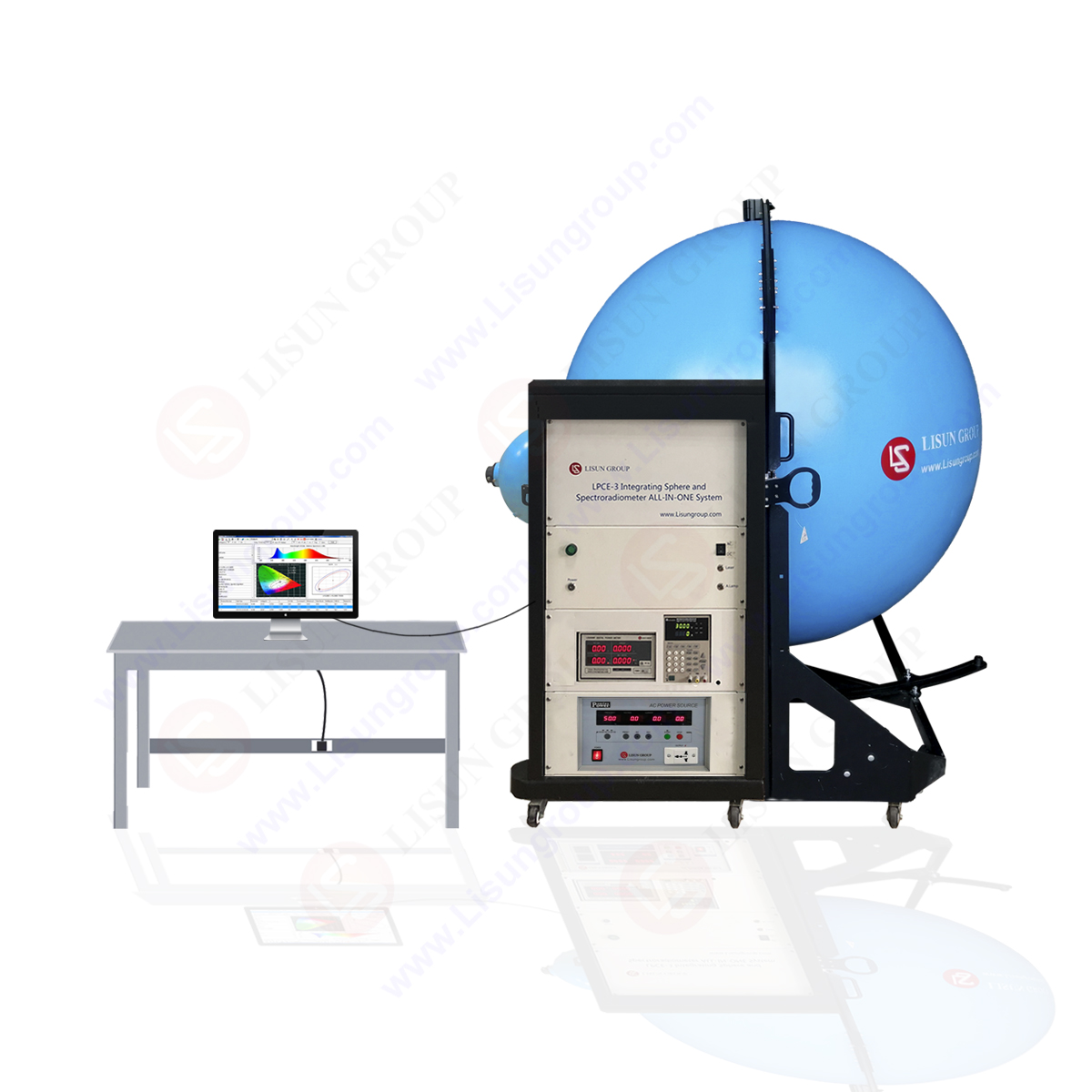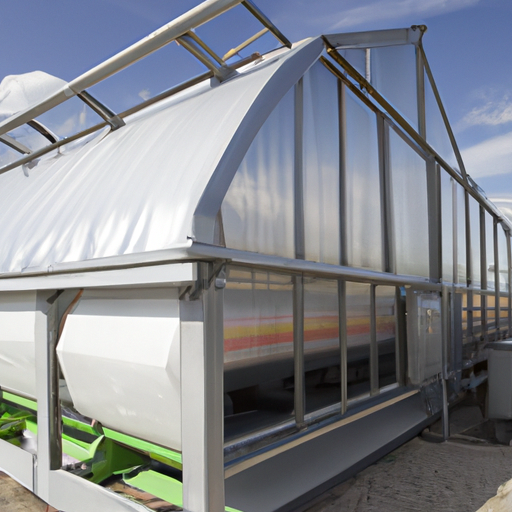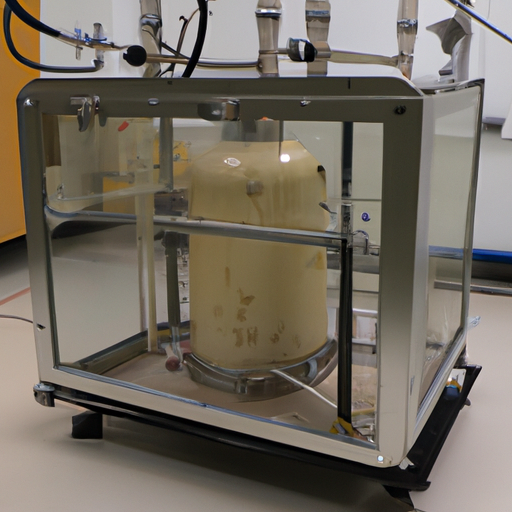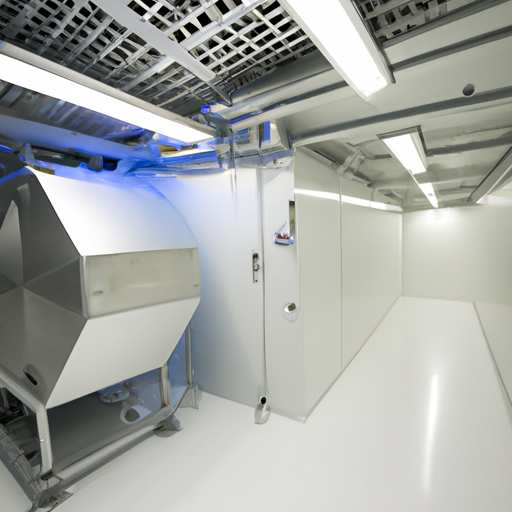Are you looking for a comprehensive guide to understanding integrating sphere design considerations? Look no further! At Lisun Group, we provide a comprehensive guide to understanding integrating sphere design considerations. Our guide covers topics such as the basics of integrating sphere design, the importance of integrating sphere design, and the advantages of integrating sphere design. With our guide, you can gain a better understanding of the design considerations for integrating spheres and how they can benefit your application. So, don’t wait any longer – explore our guide and discover the benefits of integrating sphere design considerations today!
Learn more about integrating sphere design considerations here.</a
Table of Contents
Introduction
Integrating spheres are a critical component of many optical systems, and understanding the design considerations of these spheres is essential for achieving the desired performance. This guide provides an overview of the key design considerations for integrating spheres, including the selection of materials, the size and shape of the sphere, and the placement of ports. Additionally, this guide provides an introduction to the principles of integrating sphere design, as well as a discussion of the various applications of integrating spheres. With this information, engineers and scientists can make informed decisions when designing and implementing integrating sphere systems.
Introduction to Integrating Sphere Design Considerations
Integrating sphere design considerations are an important part of the process of creating a successful integrating sphere. An integrating sphere is a device used to measure the optical properties of a material or object. It is composed of a hollow, spherical cavity with a diffusely reflecting inner surface. The sphere is designed to collect and integrate light from a source, and then measure the light that is reflected or transmitted from the sample.
When designing an integrating sphere, there are several factors to consider. The first is the size of the sphere. The size of the sphere will determine the amount of light that can be collected and integrated. The larger the sphere, the more light that can be collected and integrated. Additionally, the size of the sphere will affect the accuracy of the measurements.
The second factor to consider is the material used to construct the sphere. The material should be highly reflective and have a low absorption coefficient. This will ensure that the light is reflected and integrated accurately. Additionally, the material should be durable and able to withstand the environment in which it will be used.
The third factor to consider is the shape of the sphere. The shape of the sphere will affect the accuracy of the measurements. A sphere with a curved inner surface will be more accurate than a sphere with a flat inner surface. Additionally, the shape of the sphere will affect the amount of light that can be collected and integrated.
The fourth factor to consider is the surface finish of the sphere. The surface finish should be smooth and uniform to ensure that the light is reflected and integrated accurately. Additionally, the surface finish should be durable and able to withstand the environment in which it will be used.
Finally, the fifth factor to consider is the mounting of the sphere. The mounting should be secure and stable to ensure that the sphere does not move during the measurement process. Additionally, the mounting should be adjustable to allow for easy alignment of the sphere.
Integrating sphere design considerations are an important part of the process of creating a successful integrating sphere. By considering the size, material, shape, surface finish, and mounting of the sphere, the accuracy of the measurements can be improved. Additionally, the durability and stability of the sphere can be ensured.
Factors to Consider When Choosing an Integrating Sphere
When it comes to choosing an integrating sphere, there are a number of factors to consider. An integrating sphere is a device used to measure the total amount of light emitted from a light source, and it is important to choose the right one for your application.
The first factor to consider is the size of the integrating sphere. The size of the sphere will determine the amount of light that can be measured, so it is important to choose a sphere that is large enough to accommodate the light source you are measuring. Additionally, the size of the sphere will affect the accuracy of the measurements, so it is important to choose a sphere that is the right size for your application.
The second factor to consider is the material of the integrating sphere. The material of the sphere will affect the accuracy of the measurements, so it is important to choose a material that is suitable for your application. Common materials used for integrating spheres include aluminum, stainless steel, and glass.
The third factor to consider is the reflectivity of the integrating sphere. The reflectivity of the sphere will affect the accuracy of the measurements, so it is important to choose a sphere with a high reflectivity. Common materials used for high reflectivity spheres include aluminum, stainless steel, and gold.
The fourth factor to consider is the coating of the integrating sphere. The coating of the sphere will affect the accuracy of the measurements, so it is important to choose a coating that is suitable for your application. Common coatings used for integrating spheres include white, black, and gold.
Finally, it is important to consider the cost of the integrating sphere. The cost of the sphere will vary depending on the size, material, reflectivity, and coating, so it is important to choose a sphere that is within your budget.
By considering these factors, you can ensure that you choose the right integrating sphere for your application.
Understanding the Role of the Integrating Sphere in Light Measurement
The Integrating Sphere is an essential tool for accurately measuring light. It is a hollow, spherical device with a diffuse, highly reflective inner surface that is used to measure the total amount of light emitted from a source. The sphere collects all of the light from the source and reflects it back to a detector, allowing for a more accurate measurement of the total light output.
The Integrating Sphere works by collecting all of the light from the source and reflecting it back to the detector. This is done by the highly reflective inner surface of the sphere, which is designed to evenly distribute the light across its entire surface. This ensures that all of the light from the source is collected and measured, rather than just a portion of it.
The Integrating Sphere is used in a variety of applications, including photometry, spectrophotometry, and colorimetry. In photometry, the sphere is used to measure the total amount of light emitted from a source. In spectrophotometry, the sphere is used to measure the intensity of light at different wavelengths. In colorimetry, the sphere is used to measure the color of light emitted from a source.
The Integrating Sphere is an invaluable tool for accurately measuring light. It is designed to collect all of the light from a source and reflect it back to a detector, allowing for a more accurate measurement of the total light output. This makes it an essential tool for a variety of applications, including photometry, spectrophotometry, and colorimetry.
Integrating Sphere Materials and Coatings
Integrating sphere materials and coatings are essential components of integrating spheres, which are used to measure the optical properties of materials. Integrating spheres are hollow, spherical enclosures with a diffuse, highly reflective inner surface. The inner surface is coated with a highly reflective material, such as aluminum, that reflects light in all directions. The sphere is then filled with a light-absorbing material, such as black paint, to absorb any light that is not reflected.
Integrating sphere materials and coatings are designed to maximize the amount of light that is reflected within the sphere. The materials used for the inner surface of the sphere must be highly reflective and have a low absorption coefficient. Common materials used for the inner surface of the sphere include aluminum, gold, and silver. The coatings used on the inner surface of the sphere must also be highly reflective and have a low absorption coefficient. Common coatings used on the inner surface of the sphere include aluminum oxide, magnesium fluoride, and titanium dioxide.
The materials and coatings used for the inner surface of the sphere must also be durable and able to withstand the environment in which the sphere is used. For example, if the sphere is used in a high-temperature environment, the materials and coatings must be able to withstand the heat. Additionally, the materials and coatings must be able to withstand any chemicals or solvents that may be present in the environment.
Integrating sphere materials and coatings are essential components of integrating spheres, and they must be carefully selected to ensure that the sphere is able to accurately measure the optical properties of materials. The materials and coatings used for the inner surface of the sphere must be highly reflective and have a low absorption coefficient, and they must also be durable and able to withstand the environment in which the sphere is used.
Integrating Sphere Accessories and Connectivity Options
Integrating sphere accessories and connectivity options are essential components of any light measurement system. They provide the necessary tools to accurately measure light intensity, color, and other parameters.
Integrating sphere accessories are designed to capture and measure light from a variety of sources. They are typically used in combination with a light source, such as a lamp or LED, and a detector, such as a photodiode or spectrometer. The sphere is designed to evenly distribute the light across its surface, allowing for accurate measurements.
Connectivity options are also important for integrating sphere systems. These allow the user to connect the sphere to a computer or other device for data collection and analysis. Common connectivity options include USB, Ethernet, and Wi-Fi.
Integrating sphere accessories and connectivity options are essential for any light measurement system. They provide the necessary tools to accurately measure light intensity, color, and other parameters. They also allow for easy data collection and analysis, making them invaluable for any light measurement system.
Conclusion
In conclusion, integrating sphere design considerations are essential for any application that requires precise light measurements. By understanding the various components of an integrating sphere, such as the material, size, and coating, users can ensure that their measurements are accurate and reliable. With the right design considerations in place, users can be confident that their integrating sphere will provide the best possible results.

 中文简体
中文简体





